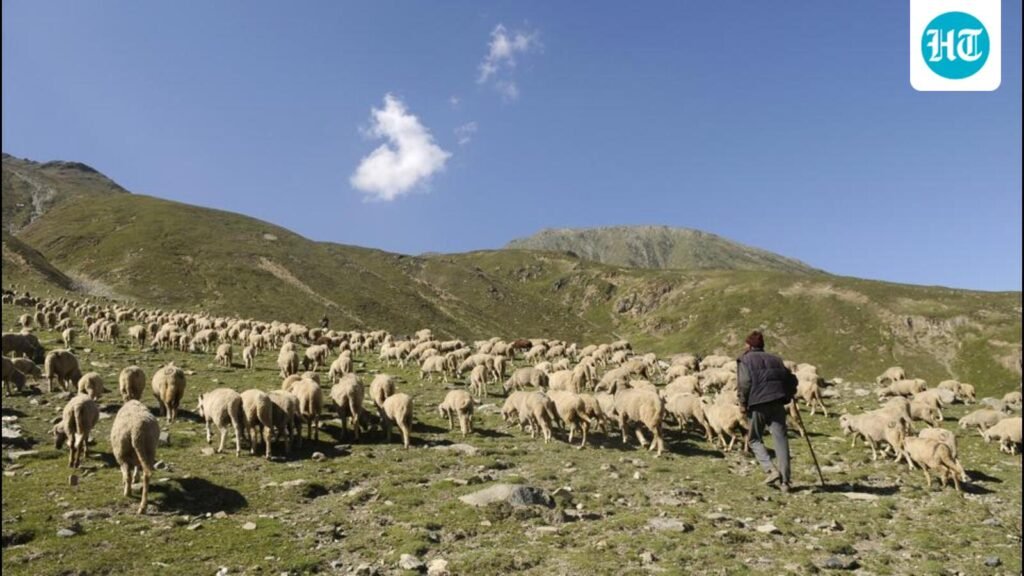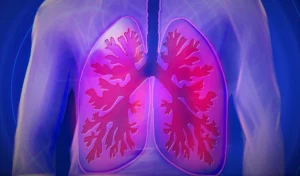
Can a cow’s digital identity unlock global markets for Indian farmers? Across India’s villages, a quiet revolution is underway, one that could redefine rural trade, animal health, and farmer incomes. The Bharat Pashudhan platform, powered by the National Digital Livestock Mission (NDLM), is building a data-driven infrastructure for animal husbandry, much like UPI did for payments and GeM for procurement. This is not merely a technology rollout. It is the construction of a rural data backbone that enables trade, finance, and disease management.

At the heart of this system is Pashu Aadhaar, a unique 12-digit ID assigned to every animal. This ID ties together health records, vaccination history, breeding details, and productivity metrics. With India’s livestock population exceeding 535 million, including the world’s largest combined cattle and buffalo population of 303 million, this digital infrastructure is bringing unprecedented visibility to a sector that contributes over 30 percent of agricultural GDP and is growing faster than the broader agriculture sector.
What is striking is the ambition of NDLM. It is not just for cattle and buffalo, but also for registering sheep and goats, and creating digital identities for the millions of small ruminants that sustain the poorest rural households. India is the world leader in goat population and ranks third in sheep population. These are not just statistical curiosities. They are a reminder that the platform’s reach extends into some of the most informal and underserved corners of the rural economy, where a few animals can determine whether a family crosses the poverty line.
This initiative also goes beyond administrative reform. It establishes a market-ready livestock economy by enabling disease traceability to minimize outbreak losses, digitally tracking the nation’s largest vaccination programs at the district level, and linking every animal to insurance and credit. It standardizes oversight for four major diseases: foot and mouth disease, brucellosis, pest of small ruminants (PPR), and classical swine fever, and converts rural data into rural income. In a country where three-quarters of livestock value flows back to farmers, this system is also building global confidence in indigenous products such as cow ghee, pashminaand other premium animal goods.
More than 9.38 crore livestock owners are registered on the platform, and numerous transactions are added every minute. These include vaccination and treatment records, artificial insemination, pregnancy diagnoses, and calf registrations, ensuring that every animal is tagged early for better health and productivity.
The architecture integrates Artificial Intelligence and machine learning for outbreak prediction and disease modelling, linking data across livestock, wildlife, and human health systems. Its Serosurveillance and Monitoring Module consolidates lab test results for real-time disease tracking, while integration with other digital platforms enables rapid response to livestock and poultry disease alerts.
Globally, traceability has long been established as a trade lever. Brazil’s livestock certification system assures buyers of quality and disease control, while the EU’s centralized animal database is a benchmark for compliance and premium pricing. India now has the opportunity not only to emulate these models, but to build a more inclusive, farmer-centric platform that connects animal health, breeding, and markets. The government’s plan to declare foot and mouth disease free zones in nine states could unlock export certification, and expedite trade clearances.
Yet, even as this transformation unfolds, two challenges loom large. The first is institutional. Many smallholders still rely on para-vets, who lack adequate training in digital tools, risking the platform becoming a mere record-keeping exercise, rather than an instrument of empowerment. The second is intellectual. While the platform is generating data at an unprecedented scale, its real value will depend on how it is analyzed and deployed for livestock planning, disease forecasting, and evidence-based policymaking.
Despite these challenges, the platform’s economic potential is profound. In an age where food systems are regulated as tightly as financial markets, this could become India’s most powerful rural trade infrastructure. Its traceability features are already enabling faster export certifications and greater confidence among global buyers. By ensuring compliance, it can elevate indigenous products such as cow ghee and pashmina into globally certifiable goods commanding premium prices.
Farmer empowerment sits at the core of this vision, with the Farmer Application enabling livestock owners to access health records, government schemes, breeding data, and to buy or sell animals, while also offering ethnoveterinary guidance. This visibility helps secure better prices, faster insurance claims, and access to premium markets. The platform’s open API architecture connects private players from dairy processors to researchers and fintech innovators, fostering a vibrant livestock economy.
From trace to trade, this mission could redefine animal husbandry in India as a globally competitive, data-driven sector. Its success will rest on training para-vets and farmers, integrating livestock insurance and credit with digital records, and turning its vast database into a decision support system for the rural economy. If it succeeds, every animal tag will become an engine of value creation for farmers, and every data point will become a building block in India’s quiet rural revolution.
Malika Pandey is a public policy professional with years of experience working across key ministries of the Government of India. The views expressed are personal






